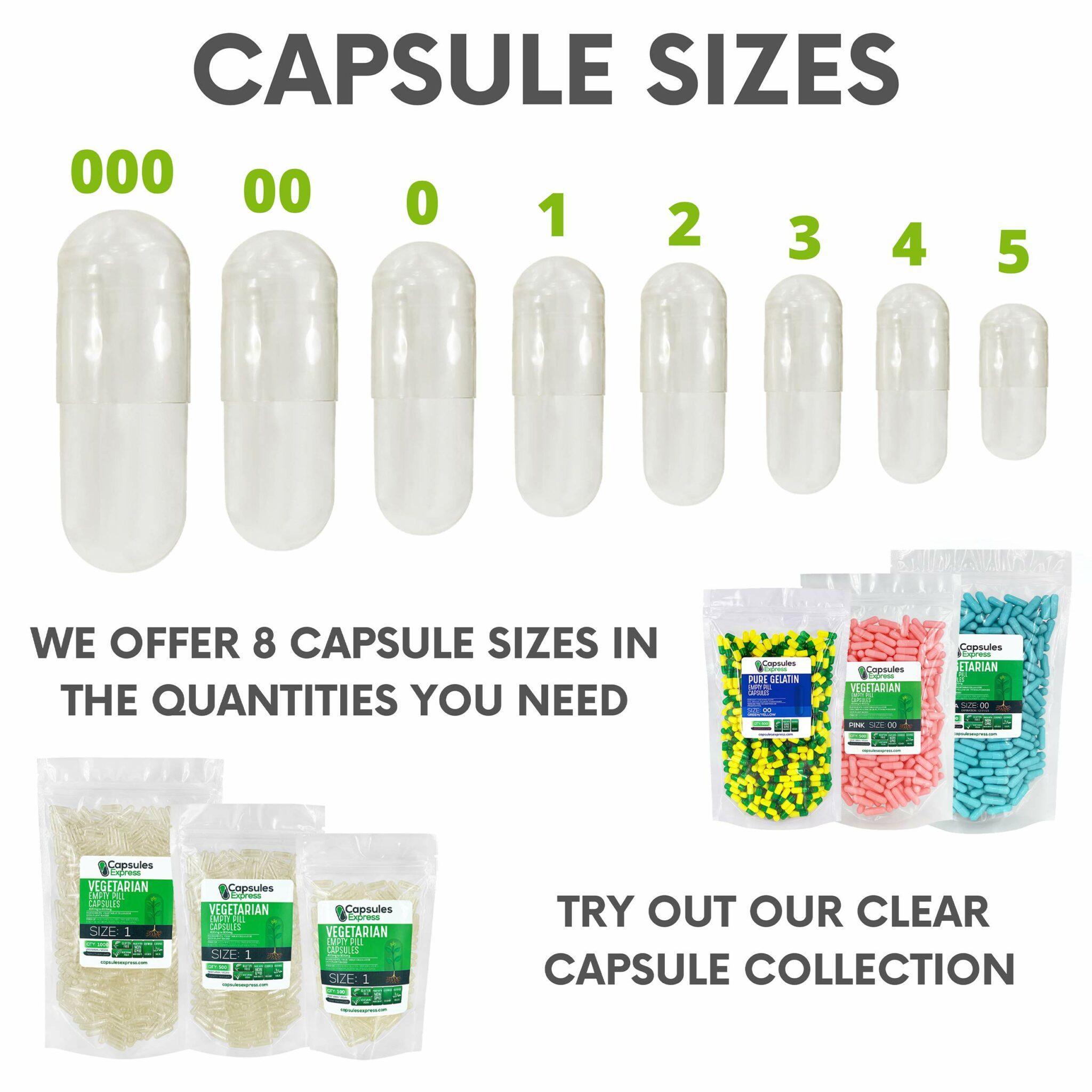
Volume– The amount of the substance that is enclosed within the capsule. Mass (total weight) – Find the weight of your product by simply weighing it on an accurate scale. This density must be calculated in order to know how much material will fit in a certain sized capsule. Which is why there is no single answer to the question of, “Which capsule size is right?”įormulation Density Volume – Find the density of your product by dividing its mass by its volume see formula below. Density varies widely due to the properties of the material you’re filling the capsules with, eg.

One teaspoon fills about 7 “0” capsules and about 5 “00” capsules. The weight of the material you’re filling the capsules with will depend on its density. For example, let’s take a look at the question of encapsulating a teaspoon of material. Often, customers will ask us something along the lines of, “How many capsules would it take to hold one teaspoon of contents?” or “What capsule size do I need?” Sometimes the answer to these types of questions can get a bit complicated. Some of our most frequently asked questions revolve around finding the right capsule size.


Using this standard sizing system allows us to ensure that both encapsulators and consumers receive the proper capsule for their needs. The larger the number, the smaller the capsule. South Georgia & South Sandwich Islands (GBP £)Ĭapsules are categorized by sizes ranging from 5 (smallest) to 000 (largest.) The numeric designation used for capsule sizes is inversely correlated to the size of the capsule. These sizes are standardized regardless of the capsule material (gelatin or vegetable derived).


 0 kommentar(er)
0 kommentar(er)
